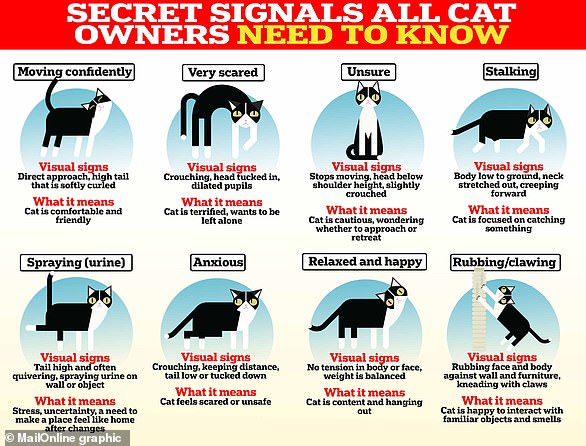Now vets are telling not to buy designer CATS: the number of Persians, Ragdolls and Maine Coons coming to UK shelters has risen by up to 300% since 2018 as owners struggle to care for their pets, RSPCA warns
When it comes to designer pets, you might think of dog breeds like Labradoodles, Puggles or Cockapoos.
But several designer cats have also grown in popularity in recent years, including Persians, Scottish Folds and Maine Coons.
Their cartoonish features may look cute, but according to the RSCPA, many of these breeds are also at higher risk of health problems.
Now the charity has revealed how the number of designer cats entering shelters has risen by a whopping 300 per cent since 2018 as owners struggle to care for their pets.
‘We know that owners want their pets to be happy and healthy, and people may not realize that cats bred with exaggerated characteristics can suffer extremely serious health problems,’ says Alice Potter, cat welfare expert at the RSPCA.
Several designer cats have also grown in popularity in recent years, including Persians, Scottish Folds and Maine Coons (pictured)
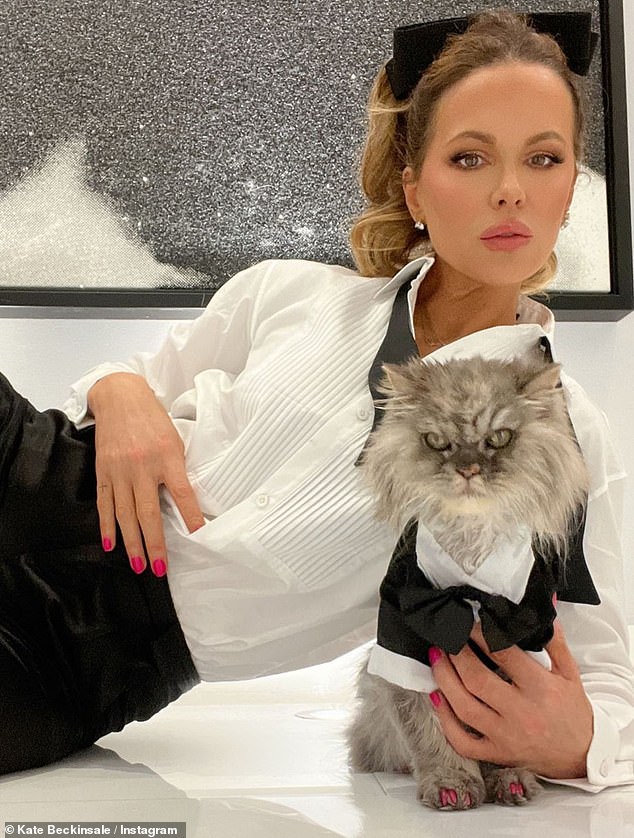
Popular flat-faced cat breeds include Persians, British Shorthairs, Himalayan cats, Exotic Shorthairs and Birmans. Kate Beckinsale is pictured with her Persian cat Clive, who sadly passed away earlier this year
Figures from the RSPCA show that more designer and purebred cats are now being rescued than ever before.
The most common purebred cat in RSPCA care is the Persian cat, with the charity seeing a 92 per cent increase since 2018.
This is followed by Ragdolls (61 percent increase), Bengals (22 percent increase) and Maine Coons, which have seen a whopping 300 percent increase in the past six years.
‘In recent years we have seen an increase in certain cat breeds coming into our care, due to ‘designer’ breeds becoming more popular with owners,’ Ms Potter said.
‘Unfortunately, many of these cat breeds have exaggerated physical characteristics, some of which have become so extreme that they can cause pain and suffering.
‘Some can predispose cats to certain conditions, and others prevent them from behaving normally.
‘Persian cats have been bred to have ‘flat faces’, which often causes them to have brachycephaly, meaning they have difficulty breathing, sleeping and even giving birth.’
The new figures come as Matthew Vaughn’s new film, Argylle, hits theaters, starring a Scottish Fold cat named Chip.
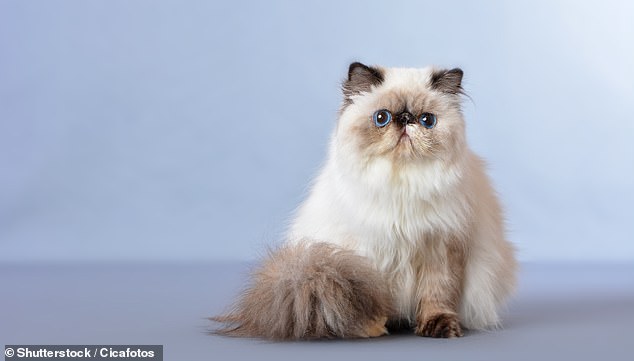
The most common purebred cat in RSPCA care is the Persian cat, with the charity seeing a 92 per cent increase since 2018
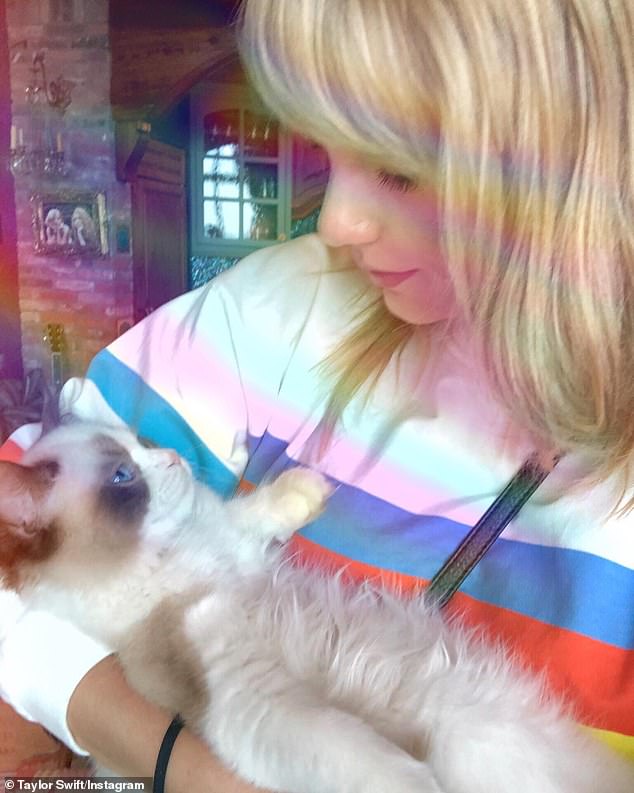
Figures from the RSPCA show that more designer and purebred cats are now being rescued than ever before. Pictured: Taylor Swift with her Ragdoll cat Benjamin
Claudia Schiffer, Vaughn’s wife and Chip’s owner, even hit the red carpet with Chip in tow, raising concerns among animal welfare charities.
“Scottish Fold cats, as seen in the new film Argylle, have a genetic condition that causes them severe and painful lameness,” Ms Potter explained.
‘This is because the cartilage abnormality responsible for their characteristic folded ears also affects the joints, meaning they can develop painful arthritis even from a young age.
‘Although we have only had seven Scottish Fold cats in our care since 2018, we fear that this film will glorify these cats and could be the latest breed to experience a surge in popularity, without people realizing the sometimes serious problems these cats face. cats can have. sight.’
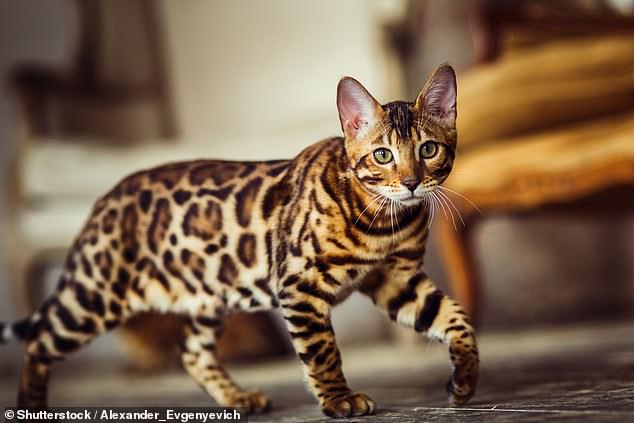
The number of Bengalis brought to RSCPA rescue centers has increased by 22 percent since 2018
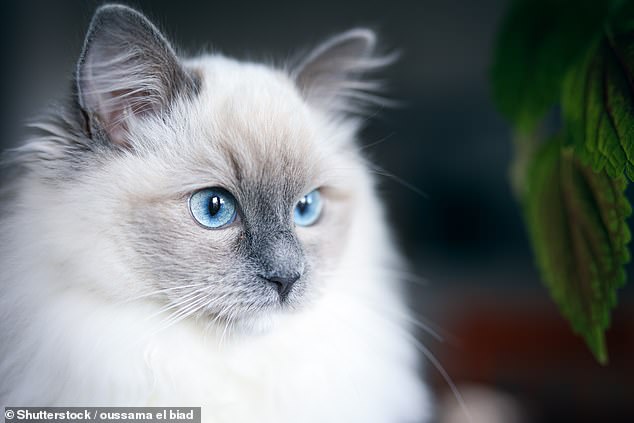
‘In recent years we have seen an increase in the number of cat breeds coming into our care, due to ‘designer breeds’ becoming increasingly popular with owners,’ Ms Potter said. In the photo: a ragdoll cat
Although the Scottish Government has already set out guidelines for designer cat breeders, the RSPCA is calling for similar guidelines in England and Wales.
Mrs Potter added: ‘We strongly believe that all those who breed cats should prioritize health, welfare and temperament over appearance when choosing which animals to breed, to ensure the welfare of both parents and offspring. to protect.
‘We would like to see breeders do more to ensure they produce kittens that are happy and healthy.
‘We encourage anyone who wants to add a cat to their family to visit one of our centers and instead rescue a cat in need of a loving home.’

